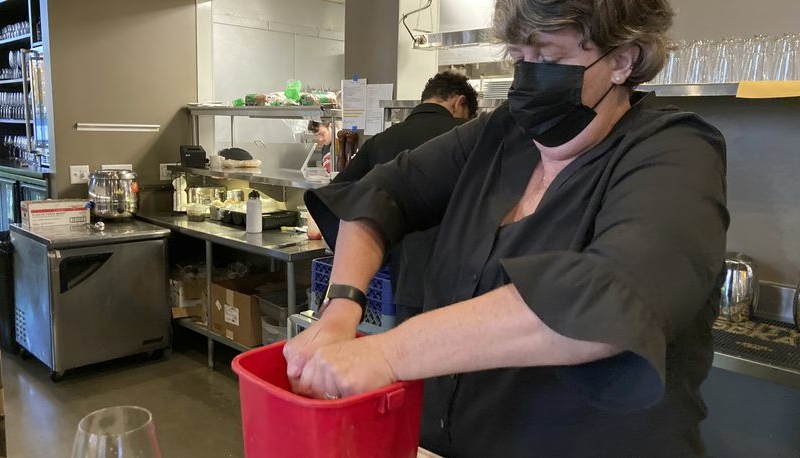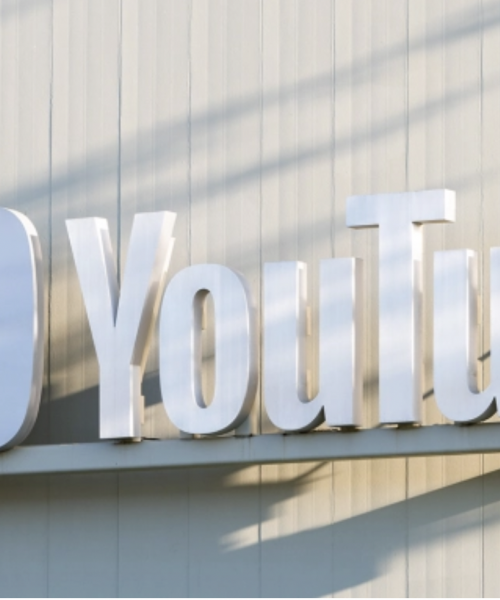By CHRISTOPHER RUGABER, Associated Press
Troy Warren for CNT #Business
America’s employers slowed the pace of their hiring in November, adding a still-solid 210,000 jobs, the fewest in nearly a year
WASHINGTON (AP) — America’s employers slowed the pace of their hiring in November, adding 210,000 jobs, the lowest monthly gain in nearly a year.
But Friday’s report from the Labor Department also showed that the nation’s unemployment rate tumbled from 4.6% to 4.2% evidence that many more people reported that they had a job. That is a historically low jobless rate though still above the pre-pandemic level of 3.5%.
Overall, the November jobs figures point to a job market and an economic recovery that look resilient though under threat from a spike in inflation, shortages of workers and supplies and the potential impact of the omicron variant of the coronavirus.
For months, employers have been struggling with worker shortages because many people who lost jobs in the pandemic have not, for various reasons, returned to the workforce. But last month, more Americans came off the sidelines to look for jobs and were generally hired quickly.
That positive trend suggests that November was a healthier month for job growth than the modest 210,000 gain the government reported Friday in its survey of businesses. The unemployment rate is calculated from a separate survey of households. This survey found that a much larger 1.1 million more people reported that they were employed last month. The results of the two surveys typically match up over the long run but sometimes diverge sharply in a given month, as they did in November.
The survey of households found that the number of unemployed Americans sank in November to 6.9 million, not far above the pre-pandemic number of 5.7 million. And average wages, which have been rising as employers try to attract or keep workers, increased a strong 4.8% from a year ago.
The government’s survey of businesses showed a slowdown last month in hiring at restaurants, bars and hotels, which added just 23,000 jobs, down from 170,000 in October. That could reflect the effects of an uptick in COVID-19 cases last month and a reduction in outdoor dining.
Retailers cut 20,000 jobs, a sign that holiday hiring hasn’t been as strong as in previous years. But transportation and warehousing firms added 50,000 positions, which indicates that online retailers and shippers anticipate healthy online shopping.
The jobs outlook for the coming months has become hazier with the emergence of the omicron variant. Little is definitively known about omicron, and widespread business shutdowns are considered unlikely. Still, omicron could discourage some Americans from traveling, shopping and eating out in the coming months and potentially slow the economy.
For now, though, Americans are spending freely, and the economy is forecast to expand at a 7% annual rate in the final three months of the year, a big rebound from the 2.1% pace in the previous quarter, when the delta variant hobbled growth.
Nearly 600,000 people joined the workforce last month, increasing the proportion of Americans who are either working or looking for work. If that much-anticipated development continues, it could point to stronger job growth ahead.
The proportion of Americans who are in the workforce rose from 61.6% to 61.8%, the first significant increase since April.
Even as the jobless rate has steadily declined this year, the proportion of Americans who are working or looking for work has barely budged. A shortage of job-seekers tends to limit hiring and force companies to pay more to attract and keep employees. Higher pay can help sustain spending and growth. But it can also feed inflation if businesses raise prices to offset their higher labor costs, which they often do.
One result is that there are now about 3.6 million fewer people with jobs than there were before the pandemic. Yet only about one-third of them are actively looking for work and are classified as unemployed. The remaining two-thirds are no longer job-hunting and so aren’t counted as unemployed. The government classifies people as unemployed only if they’re actively seeking work.
Whether or not more people start searching for jobs is a critical question for the Federal Reserve. If the proportion of people who either have a job or are looking for one doesn’t rise much, it would suggest that the Fed is nearing its goal of maximum employment.
With inflation at a three-decade high and far above the Fed’s 2% annual target, reaching its employment mandate would heighten pressure on Chair Jerome Powell to raise interest rates sooner rather than later. Doing so would make loans more expensive for many individuals and businesses.
About half of those who have dropped out of the workforce have retired. The other half includes parents, mostly mothers, who stayed home to care for children during closings of schools and day cares. For some of these women, child care remains unavailable or unaffordable. Some other people have become self-employed. And others continue to delay their job hunts for fear of contracting COVID-19.
In Other NEWS




































